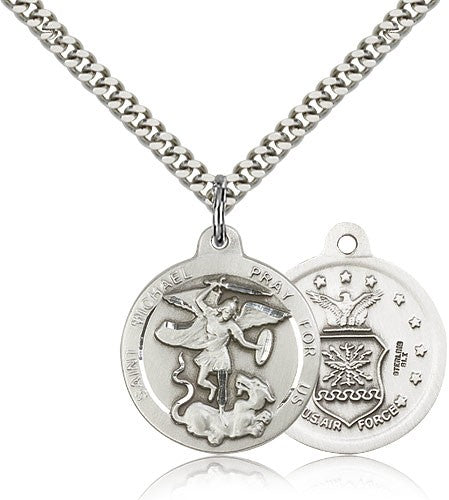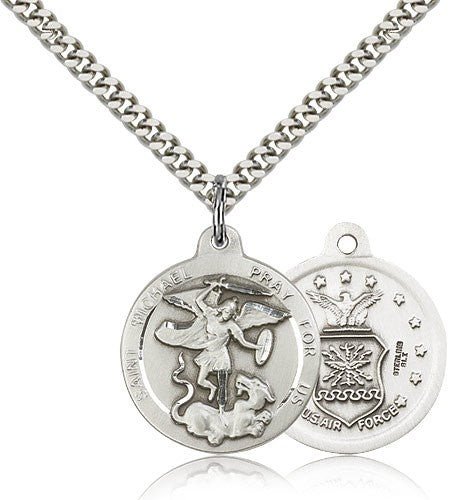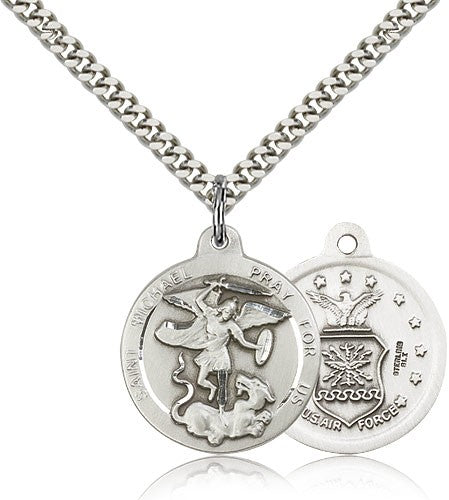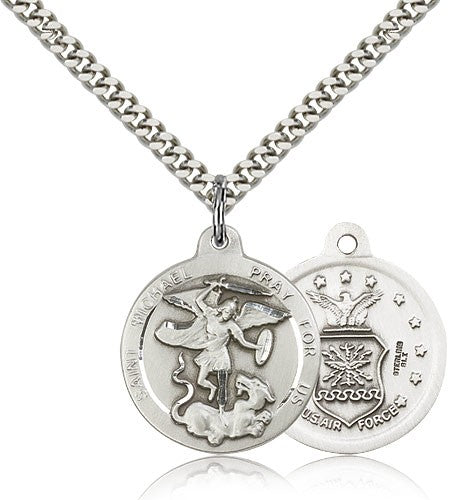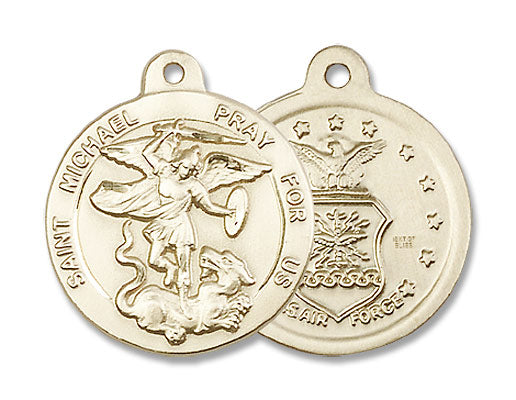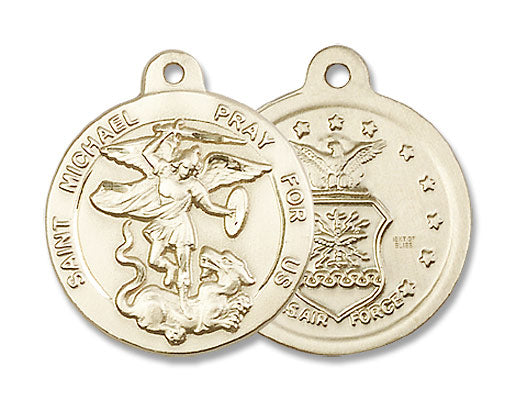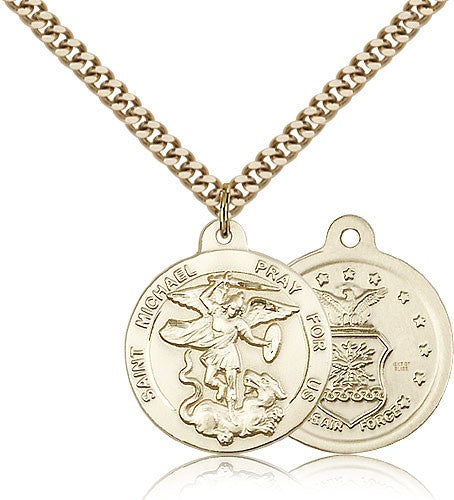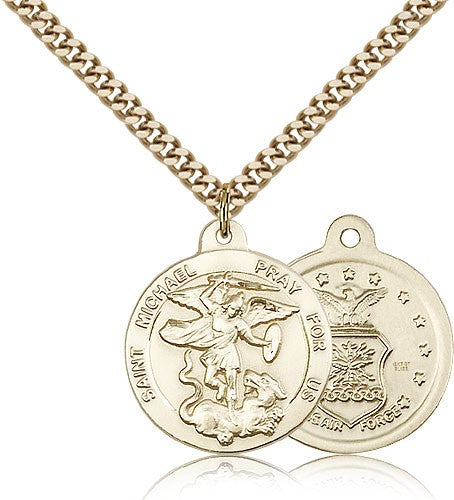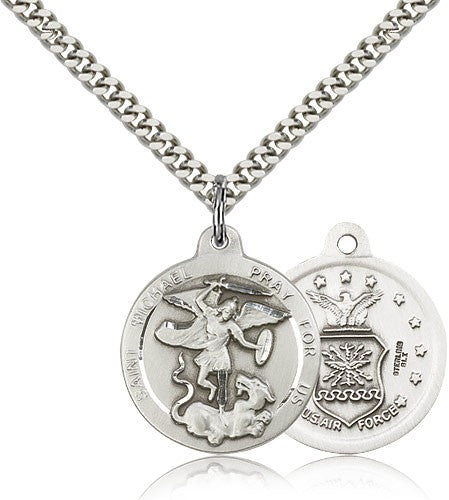St. Michael the Archangel Air Force Medal
SKU: 0342SS1/24S-LC


$95.99
Unit price
/
Unavailable
Taxes, discounts and shipping calculated at checkout.
St. Michael the Archangel Air Force Medal - Sterling Silver / 7/8" x 3/4" / 24" Rhodium Plated Heavy Curb Chain with Clasp (2.4mm) is backordered and will ship as soon as it is back in stock.
Couldn't load pickup availability
St. Michael the Archangel is the patron saint of Police Officers and EMTs. Michael fought the great battle held in heaven. Him and his army of angels defeated the devil and his helpers. Michael is God's special protector.



